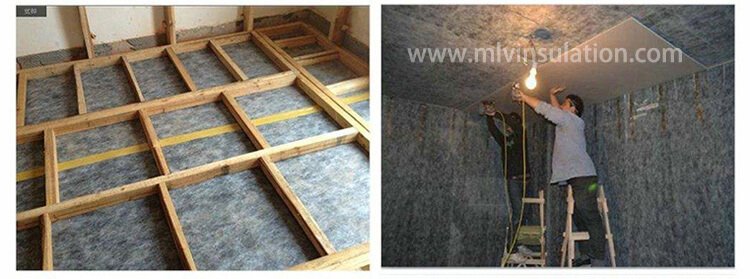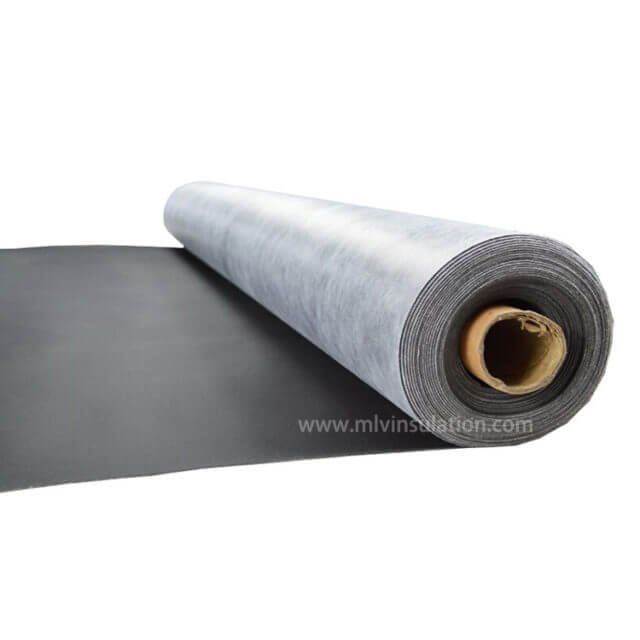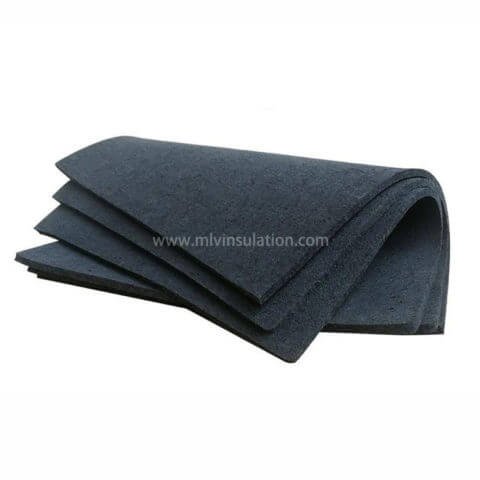Mass Loaded Vinyl Noise Barrier |Sound Deadening MLV
Mass Loaded Vinyl Noise Barrier
The main characteristics of mass loaded vinyl noise barrier is thinness and flexibility. The main reason for giving softness or better is lowering the quality of limp mass vinyl. MLV under carpet is a versatile synthetic plastic material. Sound insulation is not the first or last industry to take full advantage of sound insulation. Homeowners, builders and architects like vinyl because it is waterproof and very durable.
Advantages and disadvantages of MLV sound deadening material
But why choose mass loaded vinyl noise barrier? There are a lot of sound insulation materials there. However, this vinyl material has some unparalleled advantages:
First, mass loaded vinyl is very thin. If you want to stop the sound, you need a thicker material. However, it is not easy to make it thin and light at the same time. This is the main advantage of MLV. It has a better quality-to-thickness ratio than almost all other materials.
Mass Loaded Vinyl Noise Barrier Specifications
Size: 1x5m, 1x10m
Thickness: 3mm, 2mm, 1.2mm

In addition, MLV and self adhesive MLV have an excellent STC score. STC or sound transmission level is the standard unit of measurement. The score tells you the transmission loss between the sound source and the specified measurement target location. It sounds complicated, but it is not. In order to measure the STC score in a house, you need to measure the sound at several points in the room where the sound source is located and the room where the target room is located. The difference between these measurements is the STC score.
Therefore, compared with other sound insulation materials, mass loaded vinyl floor and mlv alternative materials, the thickness of MLV is thin, which can improve the STC score. Moreover, the thickness of the material is almost irrelevant in terms of reducing space. However, you can still choose several different thicknesses.
However, the biggest difference is that MLV (making it an excellent choice for sound insulation) is flexibility. When you want to use it as a sound source in large quantities, drywall panels are usually attached. However, gypsum board is rigid. You can’t really manipulate it around pipes and vents.
Of course, MLV sound deadening material has some disadvantages. The main thing is price. You need to pay $0.5 to $2.50 per square foot. Therefore, if your budget is tight, you may want to stick to gypsum board or other cheaper materials. However, if you work in a space that requires tight sound insulation, such as a studio or home theater, use limp mass vinyl.




